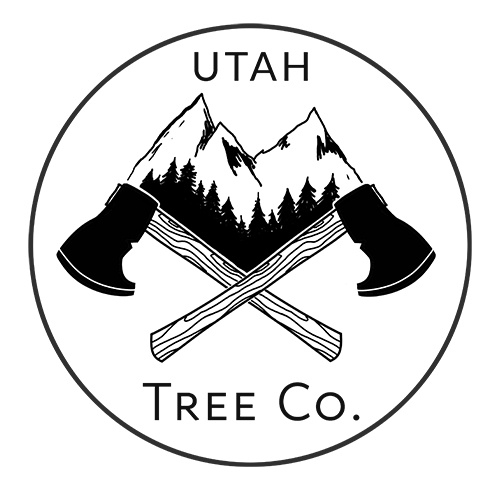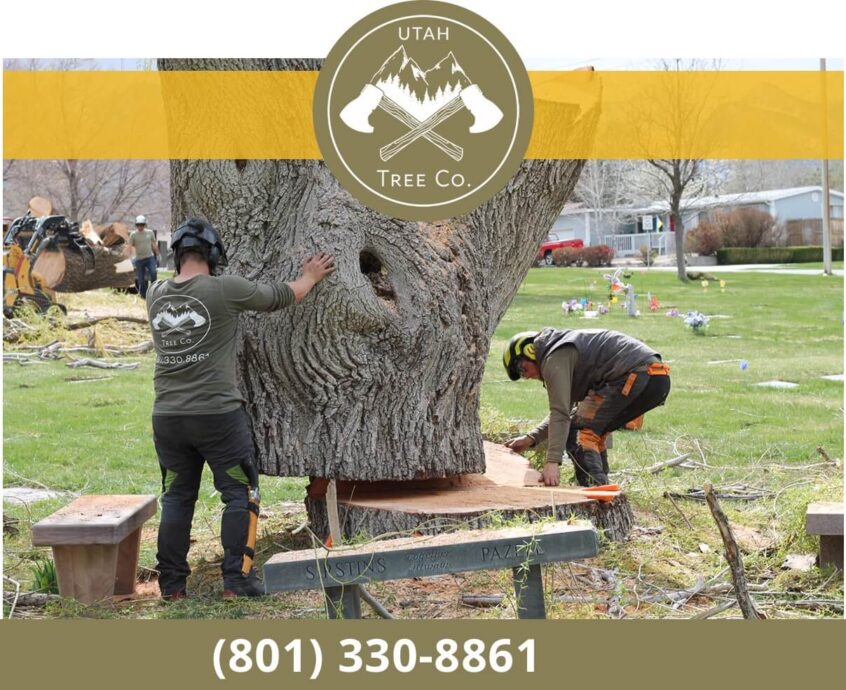Now that you’ve knocked down the misfit tree in your backyard, it’s time to deal with the tree stump. You probably don’t want a gnarly stump sabotaging your well-manicured landscape. But neglected tree stumps can also lead to:
- Mold and mildew
- Pest infestations
- New growth
- Space crunches
- Increased tripping accidents, especially in homes with young children
So, is there any way to resolve the issue? You bet. Here’s where tree stump removal comes in!
Stump removal involves heaving up or grinding down a tree stump to kill it. Although this usually requires a ton of effort, it’s a sure-fire way to lose the bumper. Furthermore, there’s no risk of the stump growing back.
Excavating a tree stump isn’t easy, but it is achievable. Use the right techniques and methods, and you’re good to go. Let’s dive into a few helpful tips, tricks, and processes for the same.
- Using Chemicals
If you’re not in a big hurry to remove the stump, chemicals can be an excellent solution. Potassium nitrate, sulfuric acid, and nitric acid can eat away at the tree stump, weakening it effectively.
For this process, start by cutting off as much of the stump as possible. Next, drill deep holes around the perimeter. You’ll also need to bore openings a few inches down the rim to connect with the first holes. Be careful with the angling- you don’t want the chemicals to dribble down.
Once the holes are ready, pour a good amount of chemical into each one. You may get them in granule form, in which case you’ll have to add some water to initiate the soaking process.
After about 4-6 weeks, the stump should become soft and spongy. Just break away the wood with a sharpened ax- that’s it! The tree stump is gone.
A word of caution- chemical tree stump removal is not a quick fix. As mentioned, it may take up to six weeks for the stump to erode. Plus, it’s not the eco-friendly option in the book. Do bear these points in mind before investing in this method.
- Manual Removal
There’s no denying that taking out a tree stump by hand is labor-intensive. But it’s a lot quicker than the chemical route. When done correctly, manual tree stump removal should take around three to twelve hours, depending on the size of the stump.
For this, you will first need to dig out the soil from around the stump, exposing the larger roots. Use your tools to cut the roots into manageable pieces before pulling them out of the ground. The goal is to clear away as much of the root system as possible. Doing this will dislodge the stump, making it easier to extract.
Needless to say, you’ll require a ton of elbow grease and a fleet of heavy equipment to dig out a tree stump on your own. We’re talking pry bars, hefty loppers, and chainsaws. You can also use a mini excavator if you have one. Furthermore, remember to wear safety gear such as work gloves and steel-tipped boots.
- Burning the Stump
While burning tree stumps may seem like an extreme solution, it’s fairly common. However, this method only works for stumps that have dried thoroughly.
First things first: you must check your local fire regulations to see is this method is allowed in your neighborhood. In some areas, you may need a permit to light an open fire.
Before setting the stump on fire, clear the surroundings of flammable materials and trip hazards. Also, have an extinguisher handy, just in case.
Now for the hard part. Lighting a tree stump may sound easy on paper, but the reality is tougher than you think. Do NOT douse the tree stump in diesel or kerosene- it is dangerous and does no real damage. The liquid burns away without actually igniting the stump.
It’s best to build a fire on the stump and keep it burning. To accelerate the process, move some soil from the stump base to improve oxygen flow.
- Stump Grinding
Stump grinding provides you with a clean slate for future landscape designs. It is the process of using a powerful machine (stump grinder) to chew down the stump wood below ground level. This keeps the stump from re-sprouting with suckering growth. But unlike with manual removal, the root system stays intact.
There are several benefits to stump grinding. Let’s explore a few.
- Stump grinding delivers quick results. It is far less time-consuming than chemical/manual removal and burning
- It is relatively environment-friendly
- The remains of the stump are ideal for mulching
That said, operating a stump grinding machine requires considerable skill. In case you’re not sure how to use it, don’t hesitate to bring tree stump removal experts like Utah’s Tree Co. on board. Having been in the business for ages, we can take on stump grinding projects of any size. Give us a call to know more!
- Rotting
You can always allow the tree stump to rot on its own. All you need to do is bury it in compost and let it sit for a couple of years. Hopefully, over time, the stump will break down enough to be dug out. This is usually a last resort for homeowners who don’t have enough time for other tree stump removal methods.
But we recommend you excavate a tree stump without delay. Not only is it an eyesore, but it can also attract unwanted pests, damage your lawnmower, and turn into a tripping hazard. The sooner you get rid of it, the better.
The Bottom Line
Stump removal is not easy on the joints. Plus, it often involves potentially dangerous materials and tools. Always ensure you’re entirely comfortable with a tree stump removal method before committing to it. Otherwise, you risk injuring yourself and others around you.
Or, you can call the pros at Utah’s Tree Co. We offer tree stump removal services in Utah County, Salt Lake County, Davis County, and Park City. Our experts are licensed, insured, certified, and trained to finish the job quickly and safely. Feel free to reach out to us for more information!

